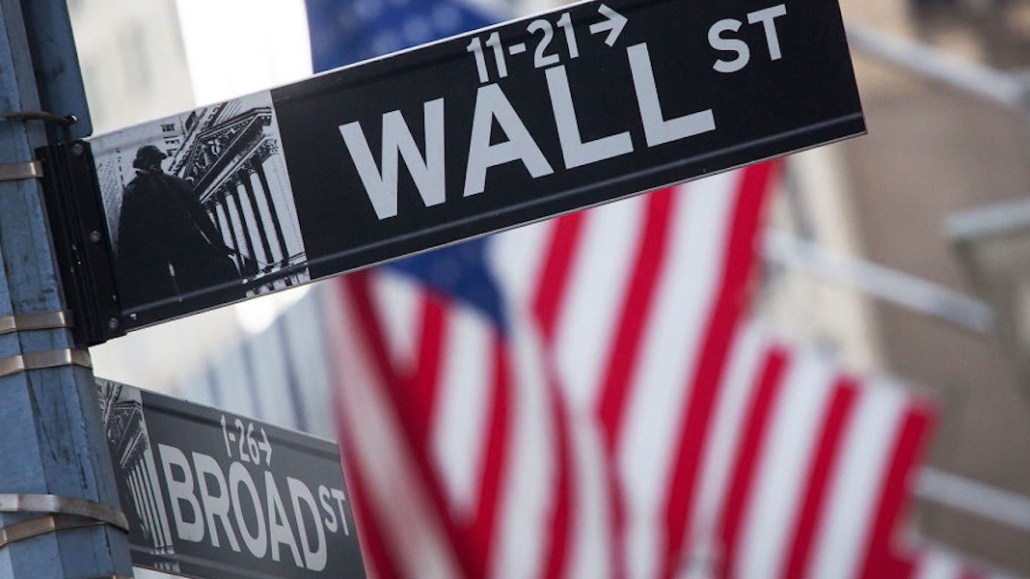
Financial organizations have been dealing with a technology-driven shift in culture from the inside out. One way they’re dealing: New sub-brands.
Marcus by Goldman Sachs, for example, touts itself as the startup inside Goldman Sachs that built an entirely digital personal loan product for consumers — a new set of customers for the 148-year-old company. Two weeks ago JPMorgan Chase introduced Finn, an app for people who would rather skip the branches for completely mobile checking and savings accounts with personal finance tools. Last week, Wells Fargo announced a similar offering called Greenhouse, a standalone mobile banking app with digital-only accounts and personal finance features.
One big reason for the shift is a focus on customer centricity. As financial brands strive to connect with customers in more specialized ways — because offerings have a more off-brand indication or target specific audiences — they’ve been looking for ways to stand for something different from the master brand. It doesn’t hurt, especially, when the parent brand is mired in other issues.
More in Marketing

In the marketing world, anime is following in the footsteps of gaming
As marketers look to take advantage of anime’s entry into the zeitgeist, they might be wise to observe the parallels between the evolution of anime as a marketing channel and the ways brands have learned to better leverage gaming in recent years.

With the introduction of video ads and e-commerce, Roblox looks to attain platform status
Roblox is expanding into more areas than just ads in 2024. Much like platforms such as Amazon and Facebook have transcended their origins to evolve from their origins as online marketplaces and social media channels, Roblox is in the midst of a transformation into a platform for all elements of users’ virtual lives.

PepsiCo wants to remain a ‘driver of culture’ as it turns to influencers and activations amid rebrand
The soda-maker says it can translate cultural relevance into sales volume.
Ad position: web_bfu